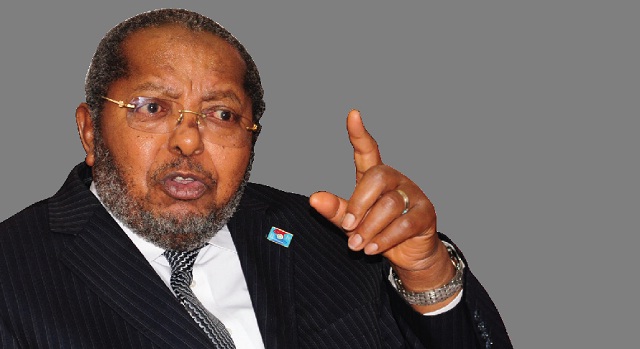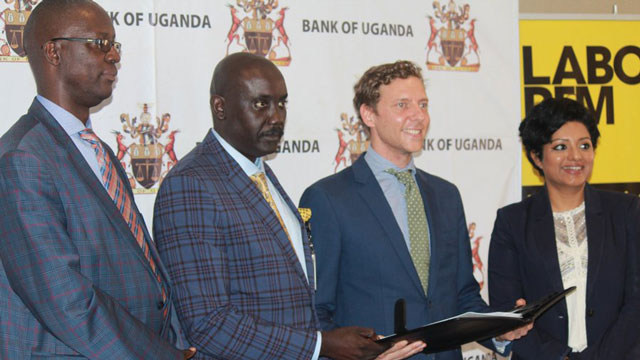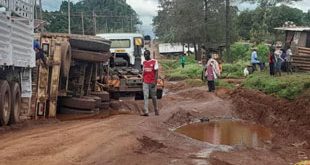
Saving the 2021 economy: Key factors that might determine its performance and why government must act
Kampala, Uganda | JULIUS BUSINGE | Ugandans went to the polls on Jan.14 to elect a new President and other political leaders amidst tight restrictions on preventing the spread of COVID-19 pandemic.
Throughout the campaign period, that started in November last year, key players in the economy expressed fears about the post-election environment given that security forces were daily battling civilians that were not respecting coronavirus rules.
In November, up to 50 people were reported dead after engaging in protests linked to the arrest of the National Unity Platform Presidential candidate Robert Kyagulanyi Sentamu.
For almost three days, when Kyagulanyi was in jail, businesses in Kampala, other cities and towns across the country, recorded losses because of these protests. Security has since been tightened to stop similar protests from happening.
The big question now is: Can Uganda’s economy resurrect from last year’s COVID-19 crisis and the likely negative impact of 2021 general elections?
Those manning the economy have to ponder about this question as the process of certifying the new elected leaders goes on.
Economic pundits say that calculated government spending, restoration of investor confidence, improvements in external markets, more lending by commercial banks/entities to key sectors, inflow of remittances, more funding by donors to several sectors and enhancing production and productivity, will provide the economy a firm ground to recover in 2021 and beyond.
Bank of Uganda Governor Emmanuel T. Mutebile said at the end of last year that risks to the economic outlook in the near term had eased as a result of signs of a rebound in both foreign and domestic demand.
As at December, the banking institutions had restructured loans with clients worth Shs6.7trillion, according to the BoU
But he warned that there was still considerable future uncertainty surrounding economic growth and developments, adding that there was a need for monetary policy to remain accommodative until the economy sustainably normalised since inflation was projected to be well contained at 5% over the medium-term.
However, this projection will depend on food prices due to unpredictable weather conditions; a more depreciated exchange rate, stronger recovery of the global economy.

At the end of year monetary policy meeting [on Dec.14], Bank of Uganda noted that economic recovery was gaining traction in line with a projected GDP growth of 3% in 2020/2021.
But Mutebile said the recovery was proceeding at an even pace as social distancing measures continue to weigh heavily on certain activities of services sector especially the hospitality and tourism while other sectors are still feeling the lagged effects of the economic downturn. In 2019, GDP grew at 5.6%.
“Economic growth is therefore projected to remain below potential until 2023/2024,” Mutebile warned.
Analysts will be waiting to see how he responds on boosting the uptake of credit by the private sector through his monetary policy announcements for the first quarter of 2021.
He kept the policy interest rate – the central bank rate – at an average of 7% in 2020, the lowest ever in the country’s history.
Commercial banks’ lending rates remained high in most parts of last year, according to borrowers, averaging 18% to 20% in all months of the year. Average private sector credit was reported in the range of 7.6%-8.9% in the entire year of 2020.
The exchange rate too, remained stable trading on average at 3, 700 per US dollar.
 The Independent Uganda: You get the Truth we Pay the Price
The Independent Uganda: You get the Truth we Pay the Price


